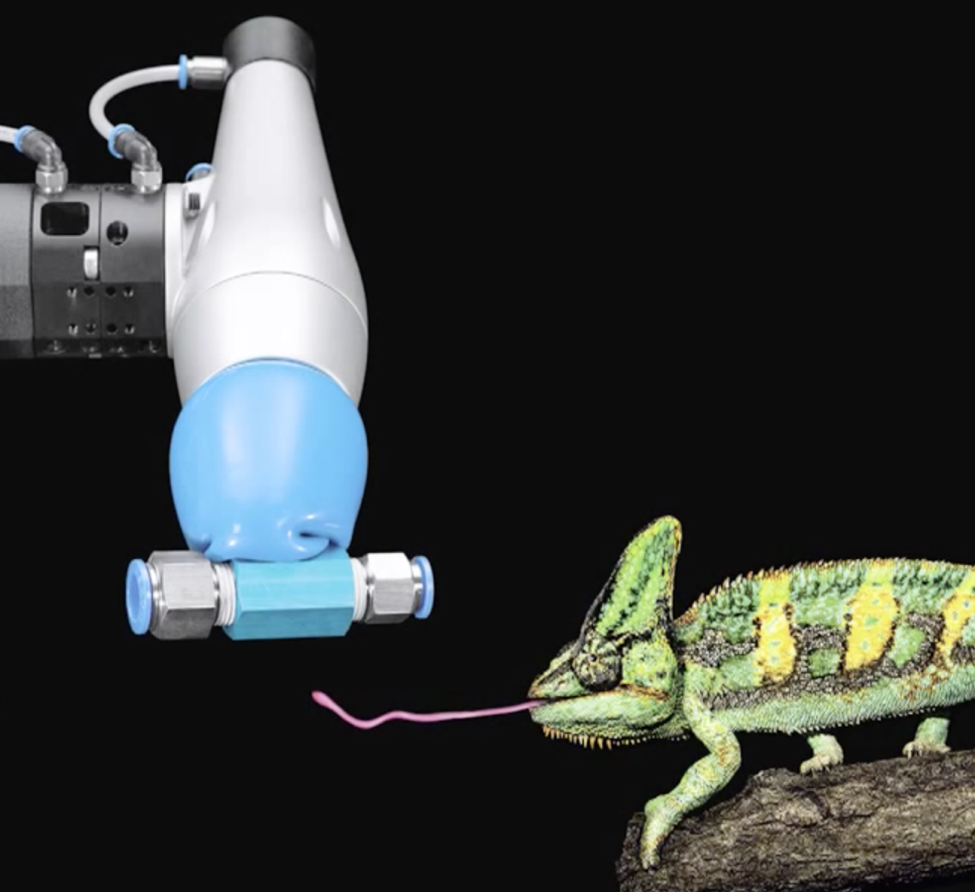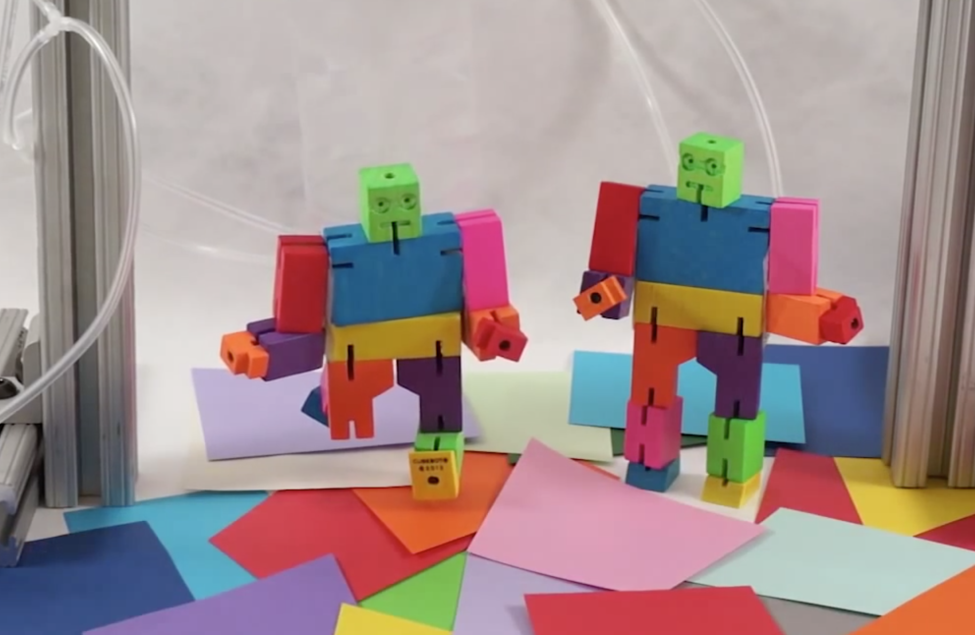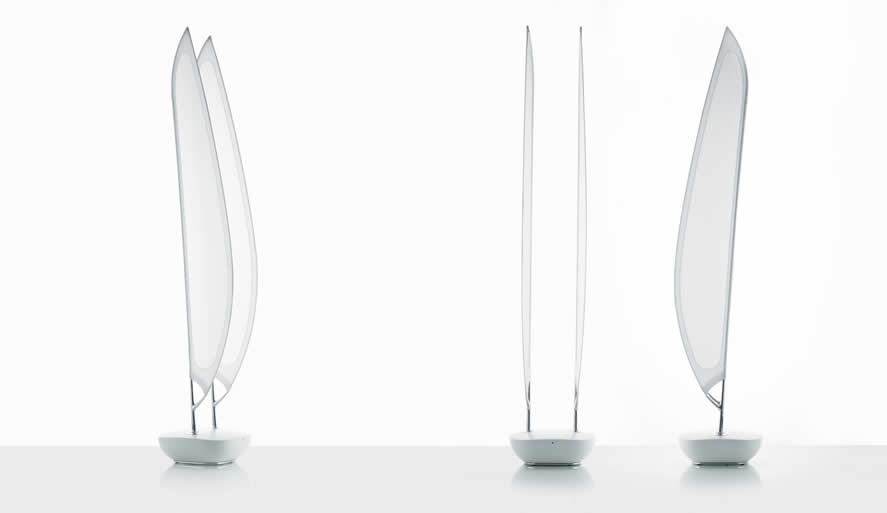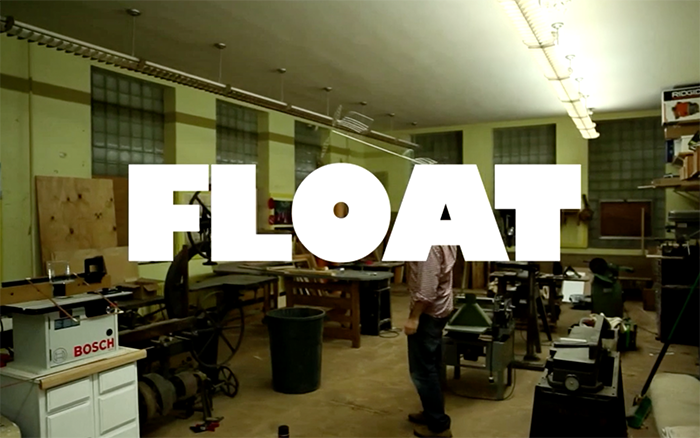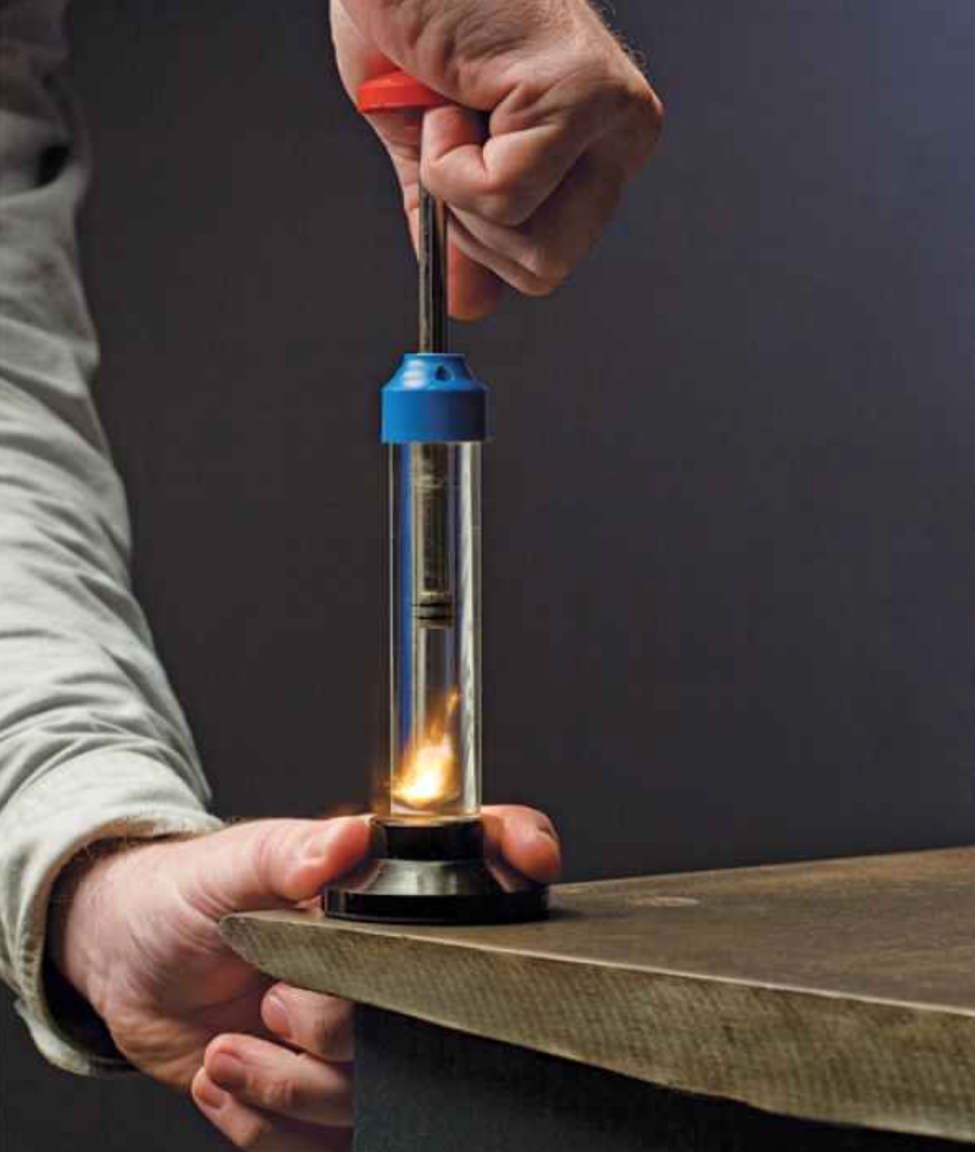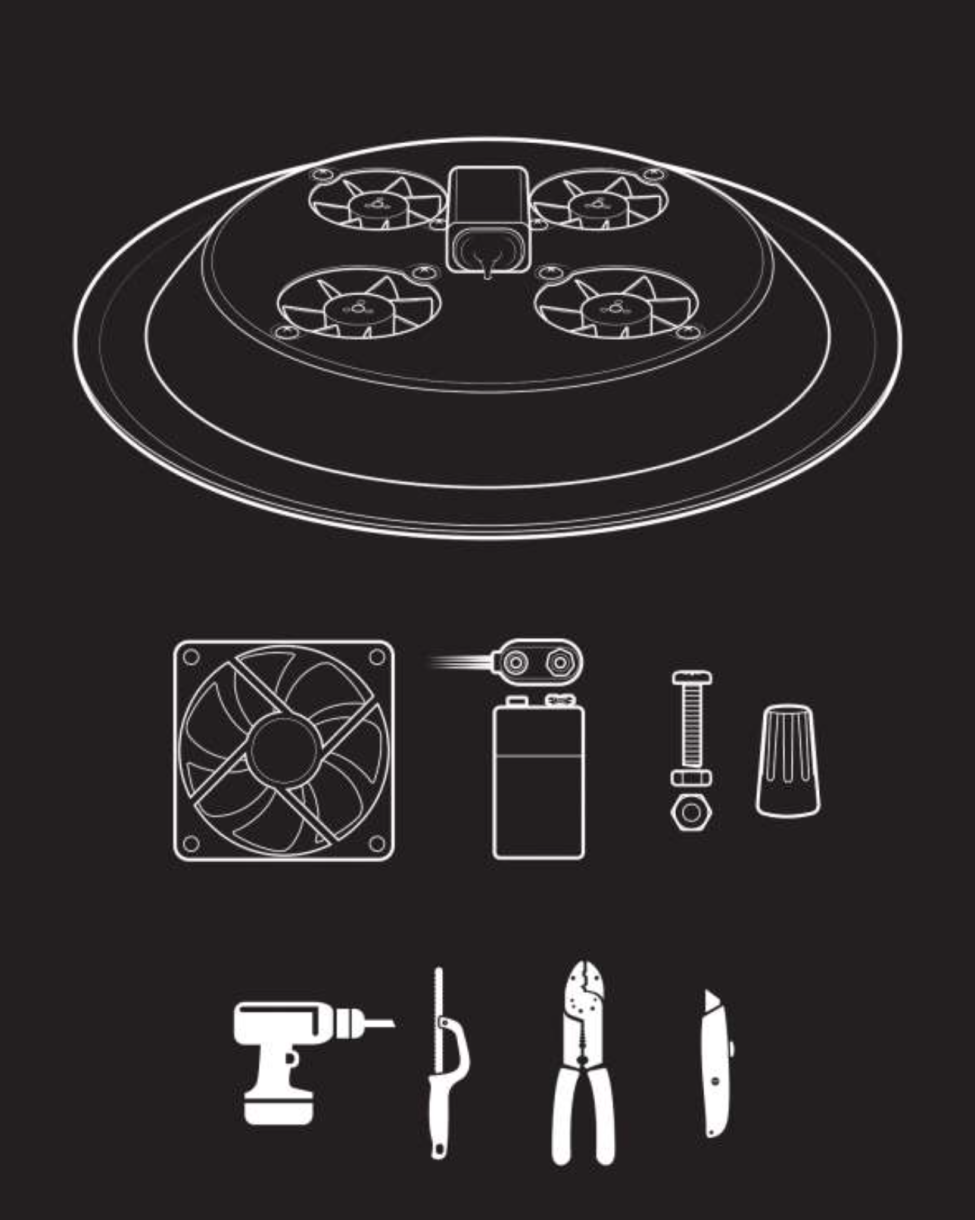Sticky Actuator: Free-Form Planar Actuators for Animated Objects
What to observe?
In research for the right observation strategy we look into several topics that are interesting for us in order to develop the science toys/tools. This post covers a loose collection of thoughts and inputs.
Methods:
– Unobtrusive observations in the museum
– Open-ended interviews with the visitors
Frameworks:
– Thomas Malone and Mark Lepper (LINK pp.49)
Literature:
What makes learning fun? Deborah L. Perry 2012
In her book „What makes learning fun?“ Deborah L. Perry is taking the reader to a journey of her own discovering how we can design exhibits or objects for learning in an informal educational environment such as a museum. She herself was wondering why visitors are attracted by certain kinds of exhibits – in her case an exhibits which should explain the mixing of colors – and how the qualities of these exhibits could be improved to increase the learning effect and at the same time keeping the level of enjoyment and satisfaction. To balance motivation, curiosity and fun against learning effects – e.g. knowing what happens and why – is at the core of her work. Therefore she is referring to a certain framework which has been developed by Mark Lepper and Thomas Malone at Stanford University in the 1980s. In their framework they are using theories of cognition and motivation to question what makes things fun to learn. By referring to this given framework and through her own observations, interviews, prototypes, tests and implementations Deborah Perry describes the process of improving one specific exhibit by changing it slightly.
People are visiting museums because of many reasons. One of the most prominent although is the reason to have a social experience.
I:Wing
The i:wing was developed by bionic motion GmbH based on the innovative principle of “bionic air circulation” (bac principle) – for comfortably smooth ventilation without draught.
Float Movie
FLOAT is a documentary currently being filmed that explores the fascinating world of indoor rubber powered model airplanes. A hobby that is pursued by people from all walks of life and many countries around the world has never been captured before in such remarkable detail. This little known hobby involves the design, construction, and flying of ultra lightweight airplanes powered only by a wound rubber band. The planes are free-flight, meaning that they do not use any manual controls to fly, relying only on the skill of the builder and the design in order to stay aloft. This hobby is responsible for many if not all of the current technologies used in modern civil aviation, as the first powered flying device was in fact the Planophore model airplane by Alphonse Pénaud built 1871 and powered by rubber.
http://floatdocumentary.com
Gray Matter: How to Start a Fire With Only Compressed Air | Popular Science
Low-budget hovercraft from a pair of Styrofoam plates
http://www.popsci.com/how-build-hovercraft-styrofoam-plates
Microgravity experiments while onboard the International Space Station
Dr. Don Pettit performs a number of microgravity experiments while onboard the International Space Station.
This is a compilation of the experiments performed for the Saturday Morning Science program.
